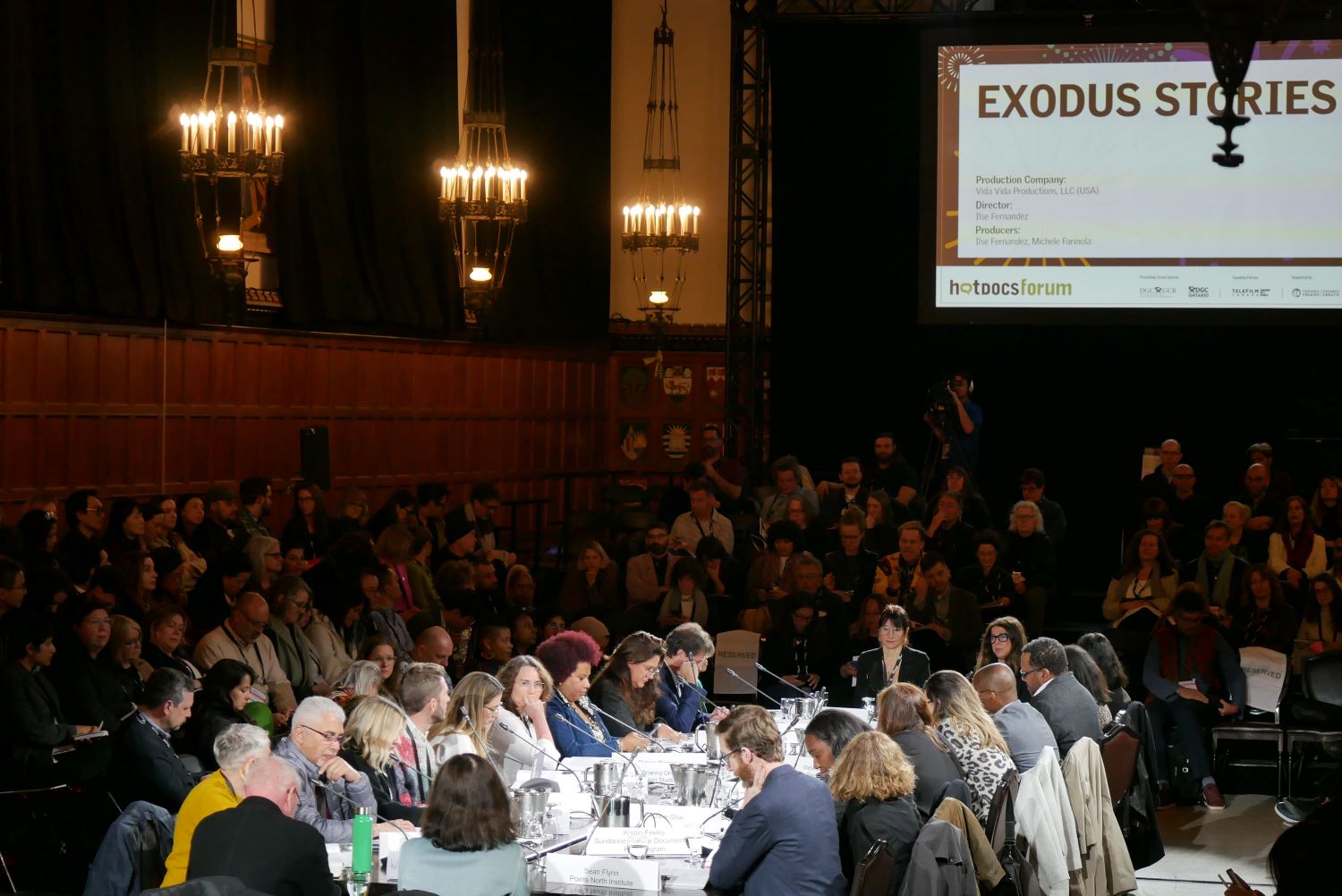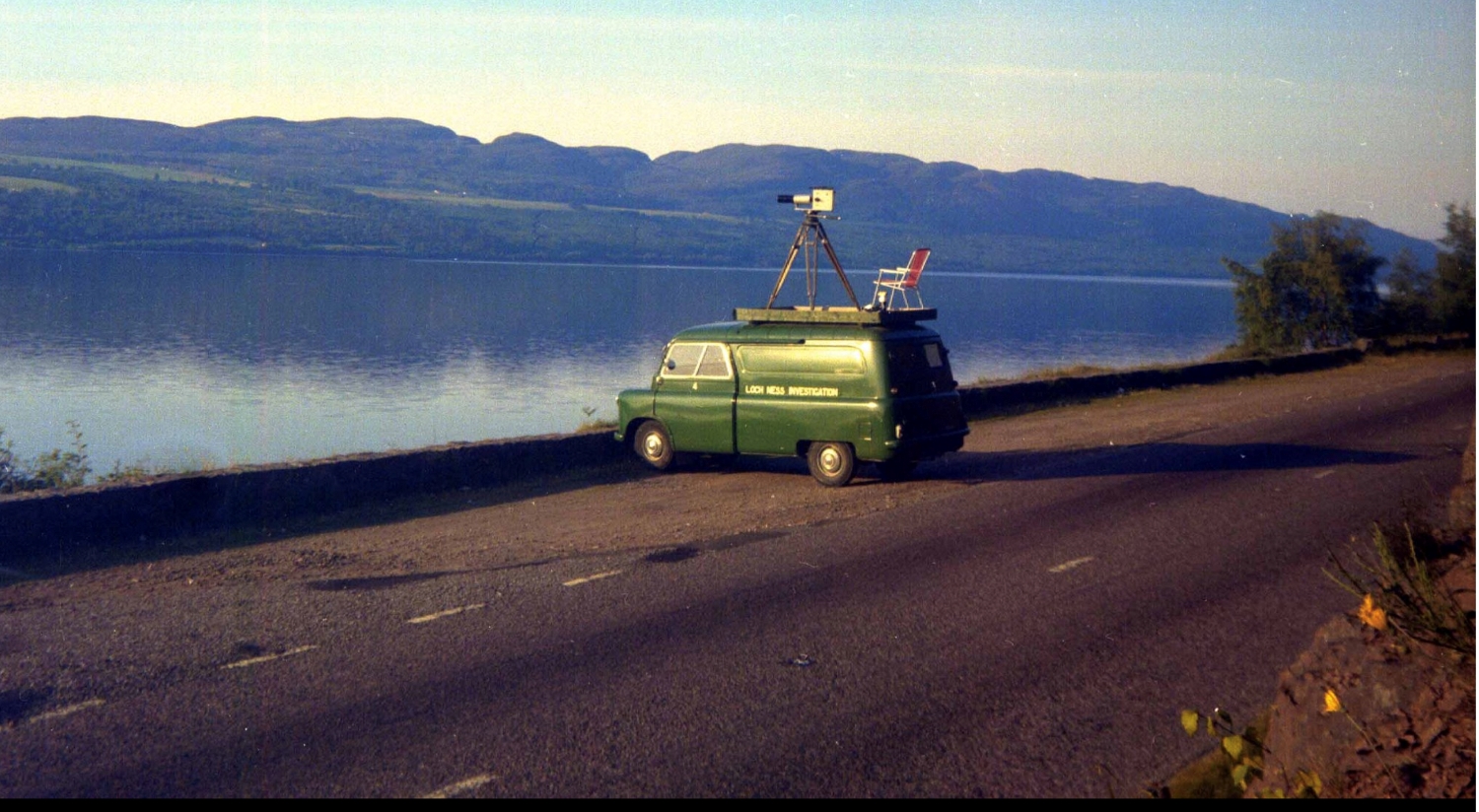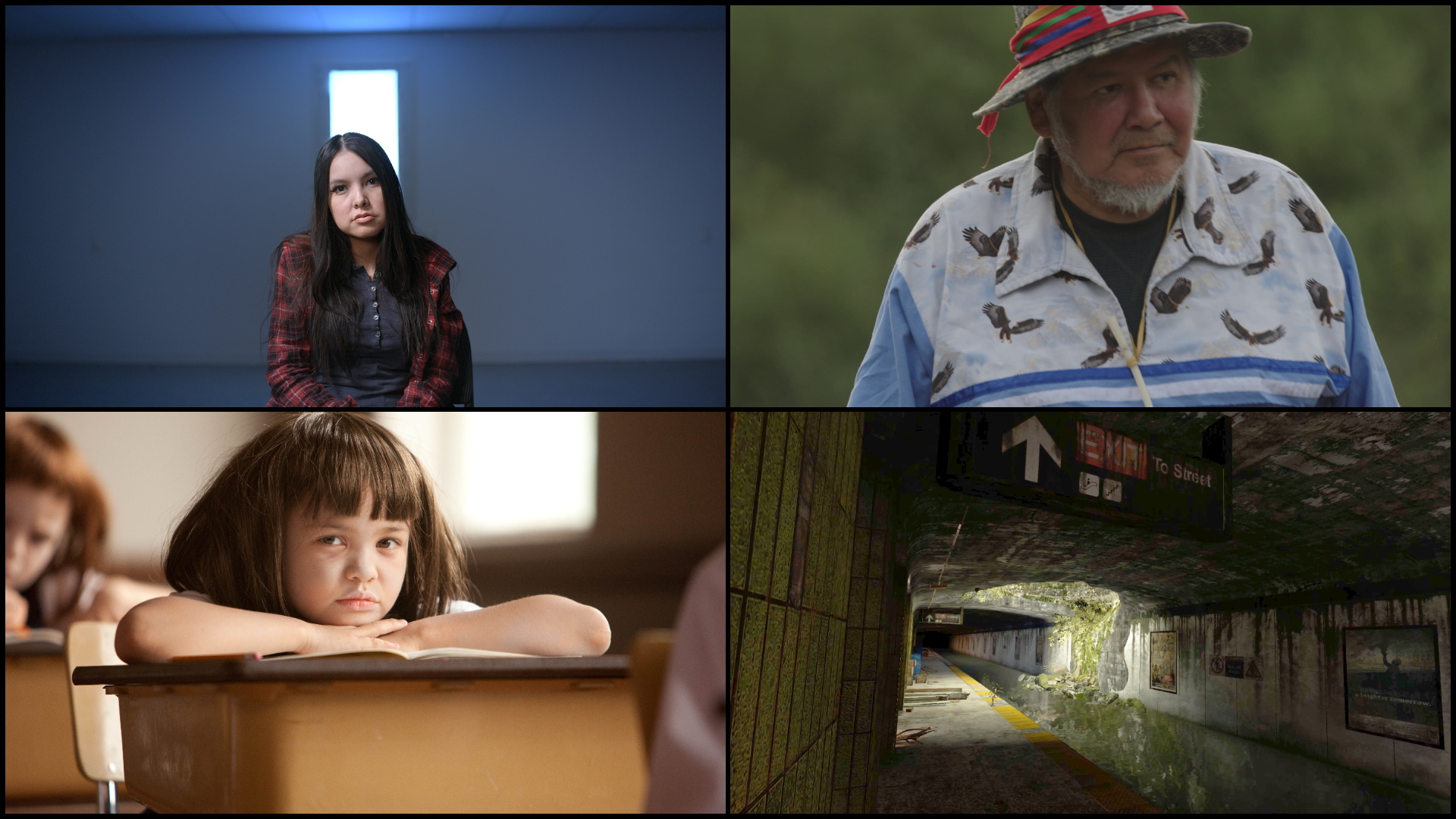This article originally appeared in POV issue #120 (Winter 2023), published in print in December 2023 to mark the 40th anniversary of the Documentary Organization of Canada. For complete and immediate access to articles in the print magazine, please consider subscribing.
One could argue that the Documentary Organization of Canada’s greatest achievement in its 40 years is the creation of Hot Docs in 1993. Ask veteran DOC members about the early days of Hot Docs, which has operated as an independent entity since 1996, and they’ll tell you about a “scrappy” bunch of filmmakers who’d gather in Toronto cafés, share their films, and network. Cut to 2023 and Hot Docs is the largest documentary film festival in North America. Massive crowds fill screenings to see documentaries from around the world from morning to night. Pre-COVID, the fest hit a record 228,000 attendees in 2019, and attendance for the 2023 festival indicated a healthy return. Outside the public view, the industry side of Hot Docs now transforms the way that documentaries are pitched, financed, produced, and received worldwide.
While “scrappy” might not characterize the bustling behemoth that is the Hot Docs of the present, the original spirit of the festival is most evident on the industry side. “We still have that ingenuity and that entrepreneurial spirit needed to address and overcome challenges when you don’t have as many resources as you would like,” says Elizabeth Radshaw, industry programs director at Hot Docs. “There’s been a lot of growth, but that growth has also been in our presence across both the elite level of big festivals and the small, intimate festivals in Canada and around the world.” Hot Docs’ presence ranges from a programming spotlight at the Windsor International Film Festival to industry participation at events like the Lunenburg Doc Fest in Nova Scotia and the Available Light Film Festival in Whitehorse, making what was once a niche event in Toronto’s Little Italy a national endeavour.
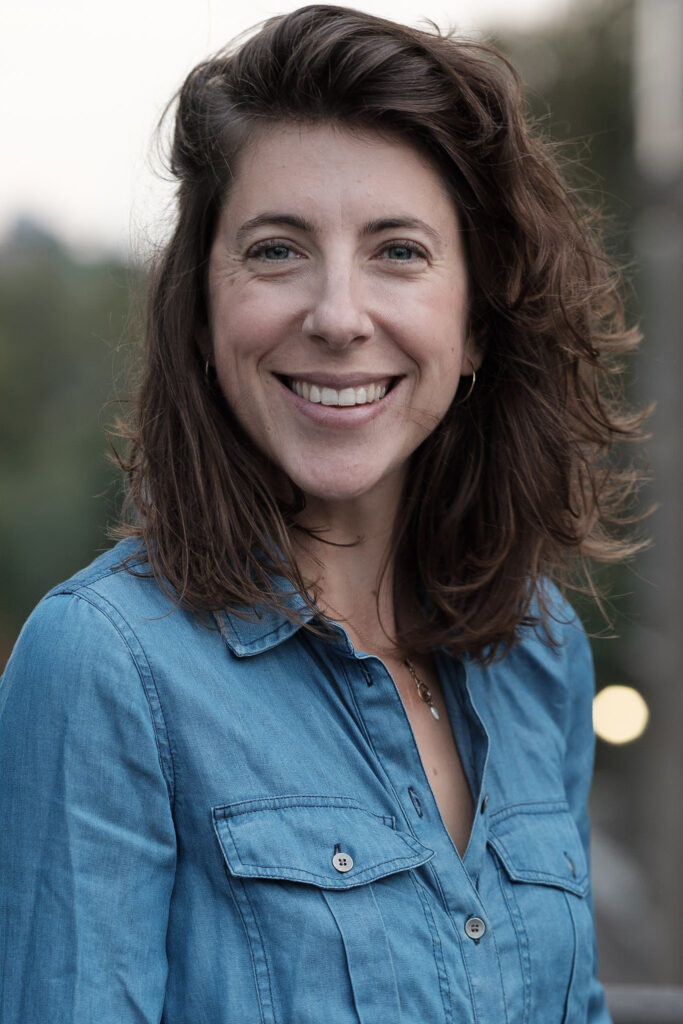
Radshaw, who joined Hot Docs in 2009, has seen how the festival has transformed the doc industry locally, nationally, and internationally. Industry programs like the Canadian Storytellers Project (a five-year partnership with Netflix that supports filmmakers from traditionally underrepresented backgrounds); film funds like the Hot Docs–Slaight Family Fund for music docs and the Hot Docs–Blue Ice Docs Fund for African talents; and the Hot Docs Deal Maker, which connects producers with funders and distributors in one-on-one meetings, put advocacy in action thanks to seeds planted in the early days.
“These components were built around giving opportunities to Canadian and international filmmakers to fund their films through grants,” Radshaw notes. “That was the shift that an organization like Hot Docs was best suited to offer.” The programs and funds inspire filmmakers to consider non-traditional purses to support their projects, but they’re also driven by documentary filmmakers. Radshaw cites Bob Lang’s role in starting the CrossCurrents International Doc Fund as an example. “His motivation was to give back by creating a critical legacy for interactive and digital work by filmmakers from historically underrepresented communities. That attracted other funders to grow that fund to have a feature component,” notes Radshaw.
Others, like Neil Tabatznik of Blue Ice Docs, helped grow Hot Docs’ film funds with the Hot Docs–Blue Ice Fund supporting African talent. “There were no other outlets where these funders could direct their focus and energies toward African filmmakers living and working on the continent,” explains Radshaw. “That gave us an incredible amount of freedom to develop programs that would best suit the communities that we were serving.”
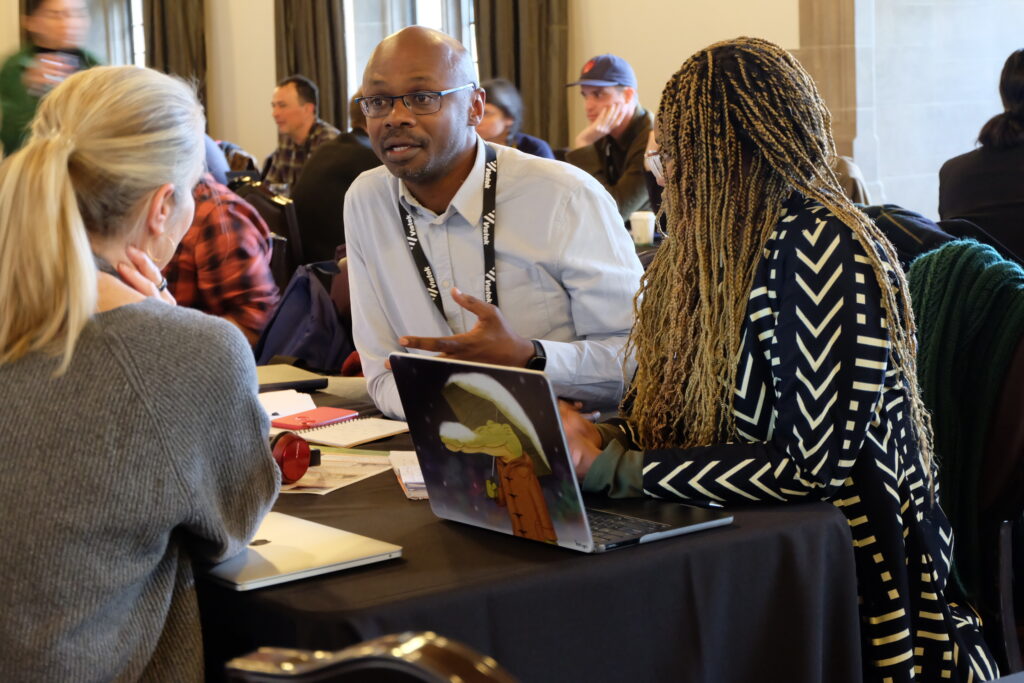
With so many industry initiatives branching off from the main event, including original productions like 2017’s anthology In the Name of All Canadians and 2023’s Roads to Regeneration (supported by German software company SAP), both of which let filmmakers put their stamp on short docs within a collection of works organized around themes of national identity and sustainability, respectively, the engagement between filmmakers and industry players extends well beyond an 11-day festival. It’s now year-round.
“We work specifically in responding to our filmmakers and market needs, but they’re always building upon each other,” Radshaw says. “From the outset, when you’re a filmmaker and you’re applying for something through, say, the Canadian Storytellers Project, Doc Ignite Labs [professional development labs that focus on areas including audience engagement, marketing, and distribution], or a Doc Accelerator program [a talent lab for early-career filmmakers], you’re not necessarily understanding the background or the evolution of why those things are on offer, or why we’re doing them.”
Radshaw observes that Doc Ignite Labs, which grew from an early crowdfunding project that harnessed fans’ eagerness to contribute to a project’s financial health, also demonstrates how Hot Docs Industry offers filmmakers means to understand their doc’s market potential. “We evolved Ignite into a series of workshops that were focused on marketing—positioning films for audiences—and creating distribution and positioning strategies to help filmmakers get their films’ messages out to audiences and engage them in innovative forms of non-traditional distribution,” she explains. Radshaw adds that her philosophy for honing a doc’s audience potential is to expand the ways that non-fiction films are marketed. She feels it’s time to start treating documentaries simply as movies that happen to be true. “That big streamer deal is not necessarily going to land on your lap. How do you bring your film to audiences?” asks Radshaw. “It takes a dynamic positioning and marketing strategy and investment and a critical distribution strategy to get it out there.”
While the festival’s many programs help filmmakers generate interest in their projects, no initiative has popped quite like the Hot Docs Forum. The Forum is the marquee, must-attend event of Hot Docs. Happening around the mid-point of the festival, the Forum invites select teams to pitch their docs to a room of industry peers and decision makers who vote on the most promising projects. Recent Forum success stories include 2019 first look pitch prize-winner Midwives, produced by DOC members Bob Moore and Mila Aung-Thwin of EyeSteelFilm, which won a special prize at Sundance 2022, and Sam Soko’s Softie (2020), which also went to Sundance and helped Soko grow his company. Similarly, Fire of Love (2022), directed by Sara Dosa and produced by Shane Boris and DOC member Ina Fichman, won a first look Pitch Prize in 2021 and was the talk of the festival for its truly awesome presentation of the epic love story of volcanologists/filmmakers Maurice and Katia Krafft. Fire of Love went on to open Sundance 2022 and scored an Oscar nomination for best documentary feature among numerous accolades.
“The Forum offered a platform for Fire of Love to get a great foundation of attention and market viability,”says Radshaw. “It’s a hard sell on paper—two volcanologists and we’re looking through their archives to tell not only their love story, but also their love story with volcanoes—but Sara and that team were so incredible. The Forum offered a platform for them to receive that attention and to keep evolving conversations with the partners who came on to bring that film to life.”

As Radshaw looks ahead to the future of Hot Docs, she says the challenges facing a festival aren’t new ones, although documentary distribution is in a state of transition. “The shifting components that have changed are based on our larger marketplace: Platforms had been purchasing more content and now they’re not. Broadcasters’ budgets are being cut, and filmmakers feel as though they don’t have the same showcase on the exhibitor side,” she says.
Radshaw adds that an industry shift regarding marketing could encourage distributors, platforms, exhibitors, and broadcasters to align their perspectives with audiences. “Our audience research has shown that audiences want to watch this content. If they’re marketed these films, they will come and watch them,” says Radshaw, noting that lesser Hollywood films consistently reach more audiences simply due to bigger marketing muscles.
“Audiences want to see something that has a true story and is going to inspire, entertain, or illuminate something they’ve never seen before—but is still a movie,” says Radshaw. “It’s all about finding funding and ways to engage and sustain the company and the work that they’re doing, and the diversification of a production company to allow it to take on more passion projects. That’s the magic for me, that experience of getting it to the audience.”




